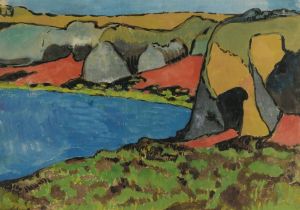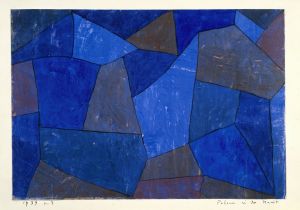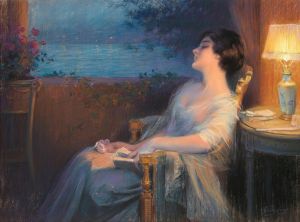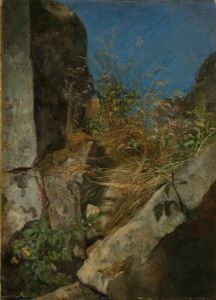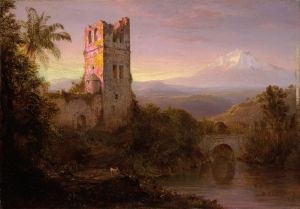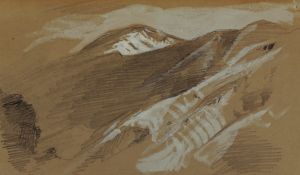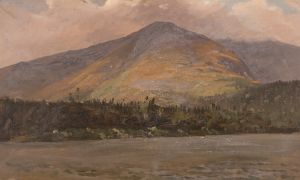
Maine Coast
A hand-painted replica of Frederic Edwin Church’s masterpiece Maine Coast, meticulously crafted by professional artists to capture the true essence of the original. Each piece is created with museum-quality canvas and rare mineral pigments, carefully painted by experienced artists with delicate brushstrokes and rich, layered colors to perfectly recreate the texture of the original artwork. Unlike machine-printed reproductions, this hand-painted version brings the painting to life, infused with the artist’s emotions and skill in every stroke. Whether for personal collection or home decoration, it instantly elevates the artistic atmosphere of any space.
"Maine Coast" is a painting by the American artist Frederic Edwin Church, a prominent figure in the Hudson River School, a mid-19th century American art movement known for its realistic and detailed portrayal of American landscapes. Church, born in 1826, was a student of Thomas Cole, the founder of the Hudson River School, and he became one of the most celebrated landscape painters of his time.
Frederic Edwin Church painted "Maine Coast" in 1863, during a period when he was particularly inspired by the rugged beauty of the northeastern United States. This painting is a testament to Church's fascination with the natural world and his ability to capture the sublime and dramatic aspects of the American landscape. The work depicts a rocky coastline, likely inspired by Church's travels along the coast of Maine, an area he visited frequently.
The painting showcases Church's meticulous attention to detail and his skill in rendering the textures and forms of the natural environment. The rocky shore is depicted with a high degree of realism, with jagged rocks jutting out into the turbulent sea. The waves crash against the rocks, creating a dynamic and powerful scene that conveys the raw energy of the ocean. The sky above is filled with dramatic clouds, adding to the sense of movement and intensity in the painting.
"Maine Coast" is also notable for its use of light and color. Church was known for his ability to capture the effects of light on the landscape, and this painting is no exception. The interplay of light and shadow on the rocks and water creates a sense of depth and dimension, while the use of vibrant colors enhances the overall impact of the scene. The painting's palette includes rich blues and greens of the sea, contrasted with the earthy tones of the rocks and the soft hues of the sky.
Church's work often carried a deeper meaning, reflecting the transcendentalist ideas of the time, which emphasized the spiritual connection between humans and nature. "Maine Coast" can be seen as an expression of the awe and reverence that Church felt for the natural world, and it invites viewers to contemplate the beauty and power of the landscape.
Today, "Maine Coast" is held in the collection of the Portland Museum of Art in Portland, Maine. It remains an important example of Church's work and a significant piece within the broader context of American landscape painting. The painting continues to be admired for its technical excellence and its ability to evoke the majesty of the natural world.
Frederic Edwin Church's "Maine Coast" stands as a testament to the artist's skill and his deep appreciation for the American landscape. Through his detailed and dynamic portrayal of the Maine coastline, Church captures the essence of the natural world, inviting viewers to experience the beauty and power of the sea and shore.






